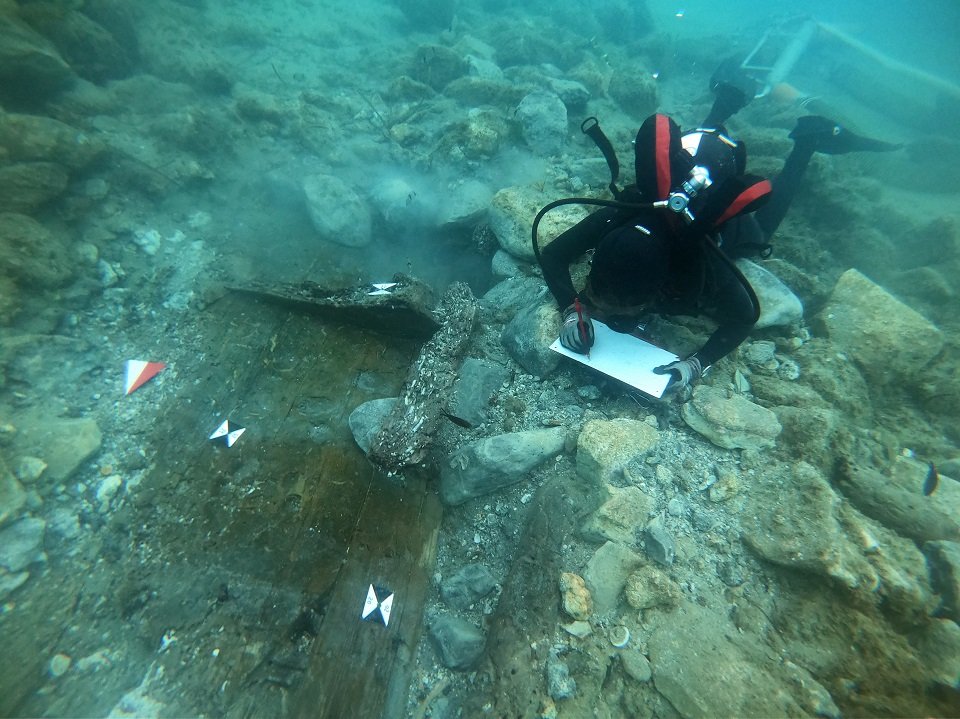
Marine archaeologist Alexandre Monteiro says Portugal’s coast holds 8,620 shipwrecks, including 250 that may contain significant gold treasures. Credit: The University of Udine.
Marine archaeologist Alexandre Monteiro has identified the stretch of Portugal’s coastline between the Azores and Madeira as a major site for treasure-laden shipwrecks. The area is believed to contain about 8,620 sunken vessels, including 250 reportedly carrying significant amounts of gold.
Monteiro, a researcher at Nova University in Lisbon, has developed an extensive database of shipwrecks dating back to the 16th century, when detailed historical records became more common.
In an interview with the news outlet Lusa, Monteiro said he has cataloged over 7,500 shipwrecks along Portugal’s continental coast, 1,000 near the Azores, and 120 around Madeira.
Some of the most significant shipwrecks on the coast of Portugal are ships filled with gold treasures
In the interview, Monteiro highlighted some of the most significant shipwrecks he could identify in the area. For instance, he claimed that near Troia, there was a Spanish ship called Nossa Senhora do Rosário, which according to Monteiro transported 22 tons of gold and silver. Unfortunatley, the exact location of this ship remains undiscovered.
Since this ship is sunken, the treasure is saved from potential looting, as it is deep down in the ocean. This is also the case for many of the alleged 250 shipwrecks in the area.
Remarkably, Monteiro claims that in the immediate area, there are almost 250 shipwrecks that hold treasures with similar characteristics.
“We know that there are 250 ships that hold treasures, and sooner or later, a construction project or something similar will discover it. Regardless, there is no contingency plan to protect these findings,” he said.
The Portuguese government has failed to take action regarding Monteiro’s findings
Monteiro’s research is accessible to anyone, and the data he compiled has been handed to Portuguese officials. Despite this, however, the Portuguese government has not taken measures to protect the sites.
Cultural sites such as the ones described by Monteiro’s research represent invaluable patrimony to the country, both culturally and economically. Thus, failing to act to protect these sites could hinder these unique sites and the treasures they hold.
According to the marine archaeologist, the biggest tragedy surrounding these shipwrecks is the fact that no one really knew how many ships there were, and where the shipwrecks are located. But Monteiro says this is only the first step, as it is much more important to actively protect the shipwrecks.
Still, there is insistence by the local scientific community for more proactive action from the government to preserve the remains of these ships to be taken, as despite them being safe from looting, construction projects are what pose the greatest threat to these sites.